Submitted by WA Contents
David Chipperfield Architects transforms former industrial site in Berlin into mixed-use complex
Germany Architecture News - Apr 23, 2020 - 13:41 12545 views
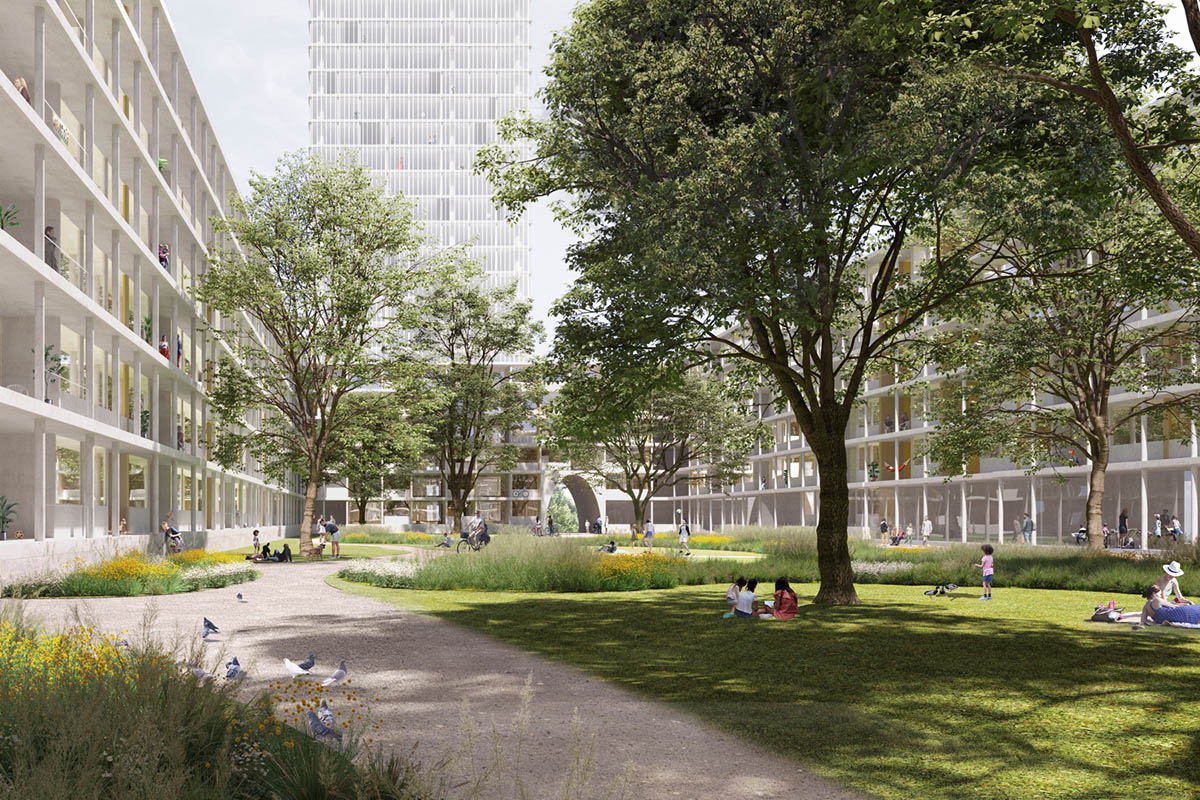
David Chipperfield Architects Berlin with Wirtz International Landscape Architects have won an urban planning competition to transform a former industrial production site in Berlin’s Marzahn district.
The 9-hectare site, located in Georg-Knorr-Park, will be converted into a lively residential and commercial neighbourhood. The site is characterised by an ensemble of heritage buildings surrounded by urban infrastructure and commercial industry.
The new complex will cover a total of 152,000 square metres, including 1,400 affordable rental apartments and 90,000 square metres of office and commercial space.
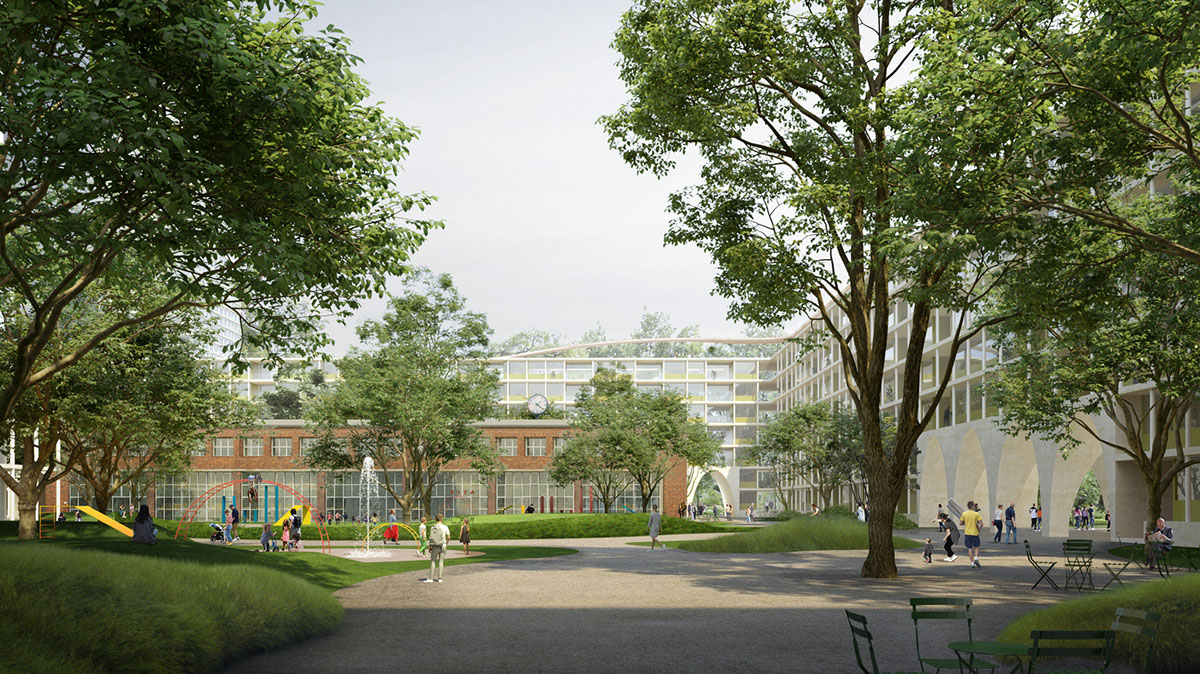
Conceived as "light, colorful and colonnaded" structure, the new complex is composed of courtyard buildings and towers of differing dimensions adopts the existing orthogonal order of the neighbouring industrial complex, while integrating the listed buildings and building elements.
Chipperfield creates open arcades that are positioned on the outside of the new blocks, providing structural noise protection from the urban surroundings and allowing light and air into the apartments from both sides.
"At the same time, the arcades provide the residents with a space to meet and commune," said David Chipperfield Architects.
"Addressing the new quarter, three towers rise above the quarter. Their vertical visibility echoes the neighbouring towers in Marzahn-Hellersdorf, entering into a higher-level urban dialogue."
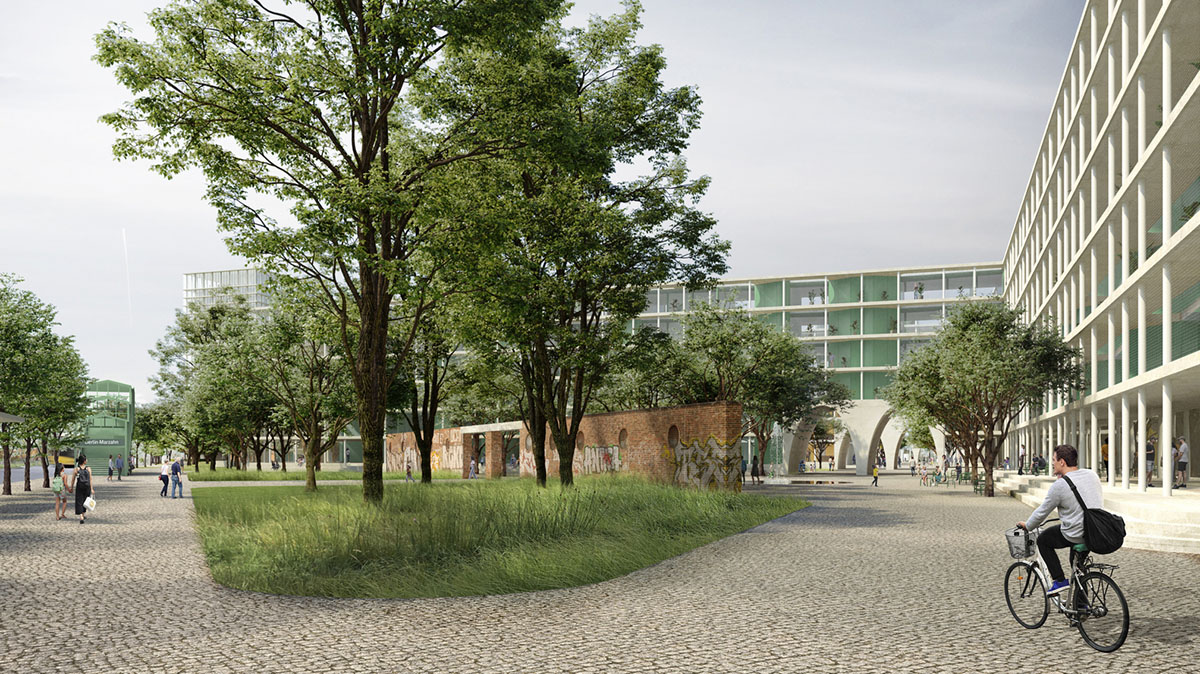
As the firm highlights in its project description, the structure of the courtyard buildings will enable the large area to be divided into smaller urban zones, creating spaces of identification.
"This structure establishes manageable living communities and creates a place that responds to human scale," added the studio. The firm used "a column grid" layout, a system consisting of three different modules allows spatial flexibility for the configuration of individual apartments and the commercial and retail spaces at ground level.
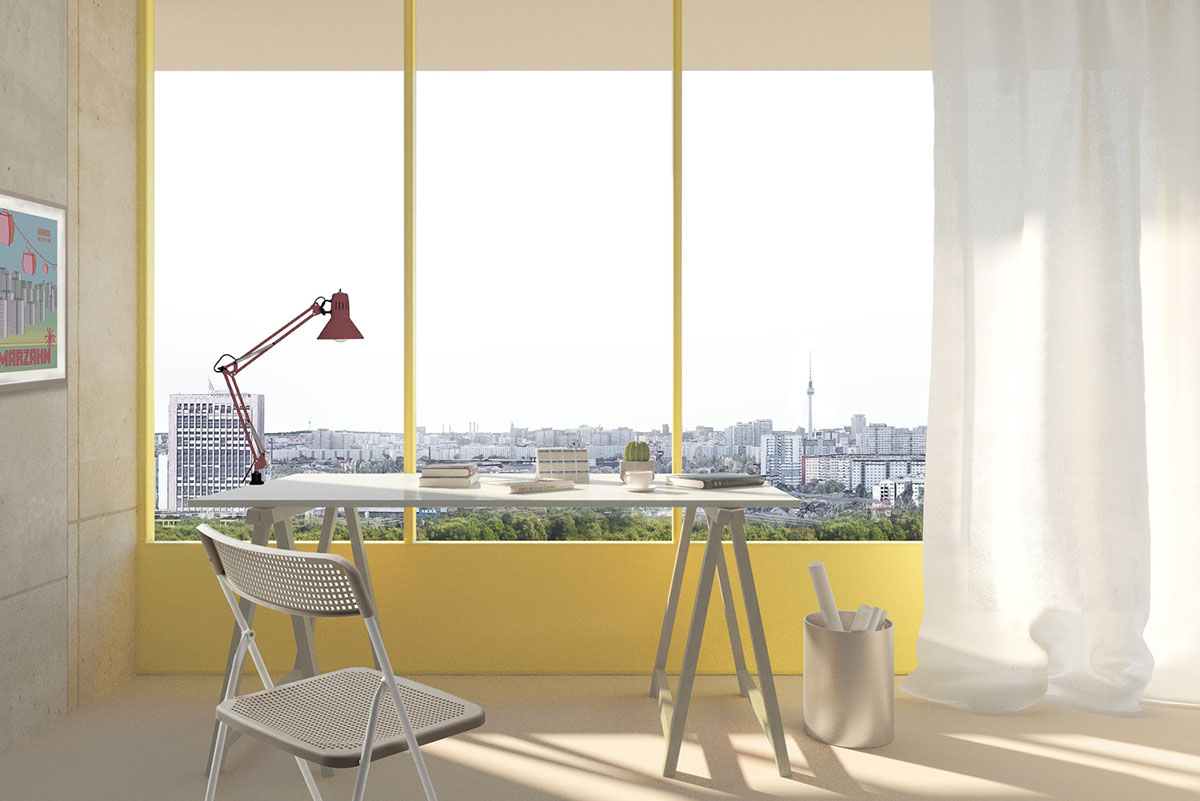
Surrounded by a protective green belt, integrating public sports and playgrounds, a comprehensive, widely diversified path system extends into the interior of the neighbourhood for pedestrians and cyclists.
Due to the direct connection to public transport, the neighbourhood is almost car-free. Generous arches facilitate intuitive orientation and public uses are located along a central axis. The largest, centrally located courtyard is perceived as a town square with a childcare centre, restaurants and cafés, providing a meeting point for the neighbourhood and its visitors.
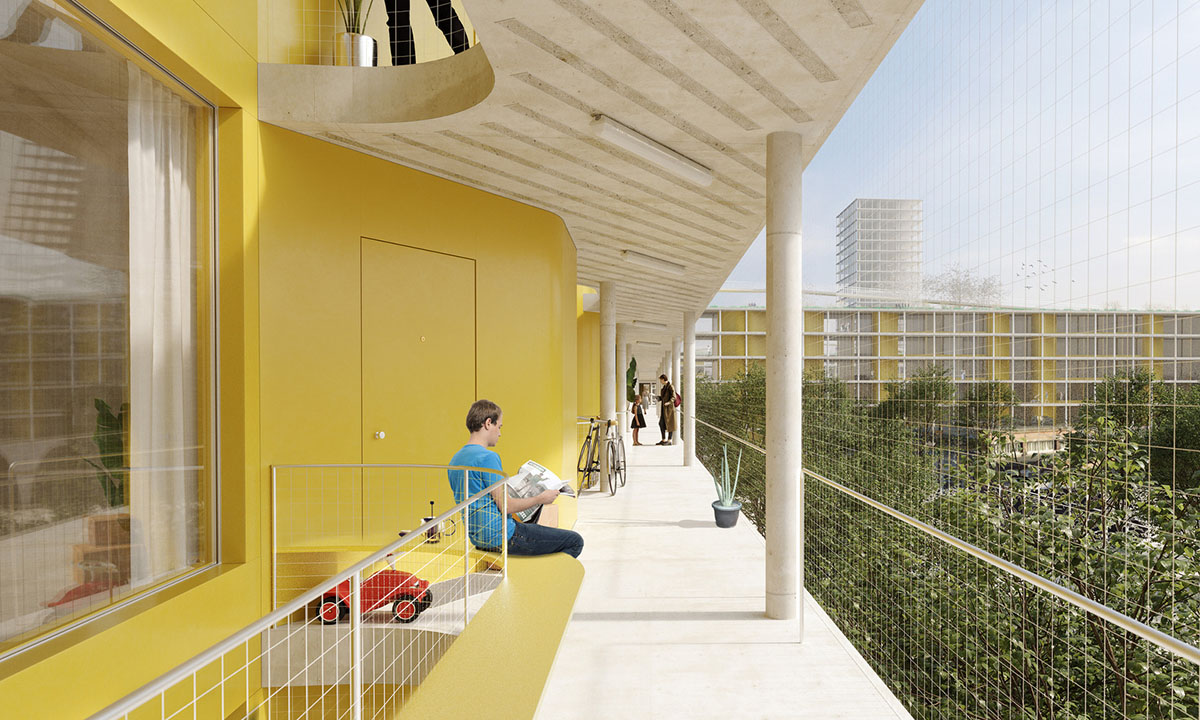
David Chipperfield Architects designs spacious inner courtyards which can act as unsealed areas with lawn landscapes and many trees, making an essential contribution to the pleasant climate of the neighbourhood.
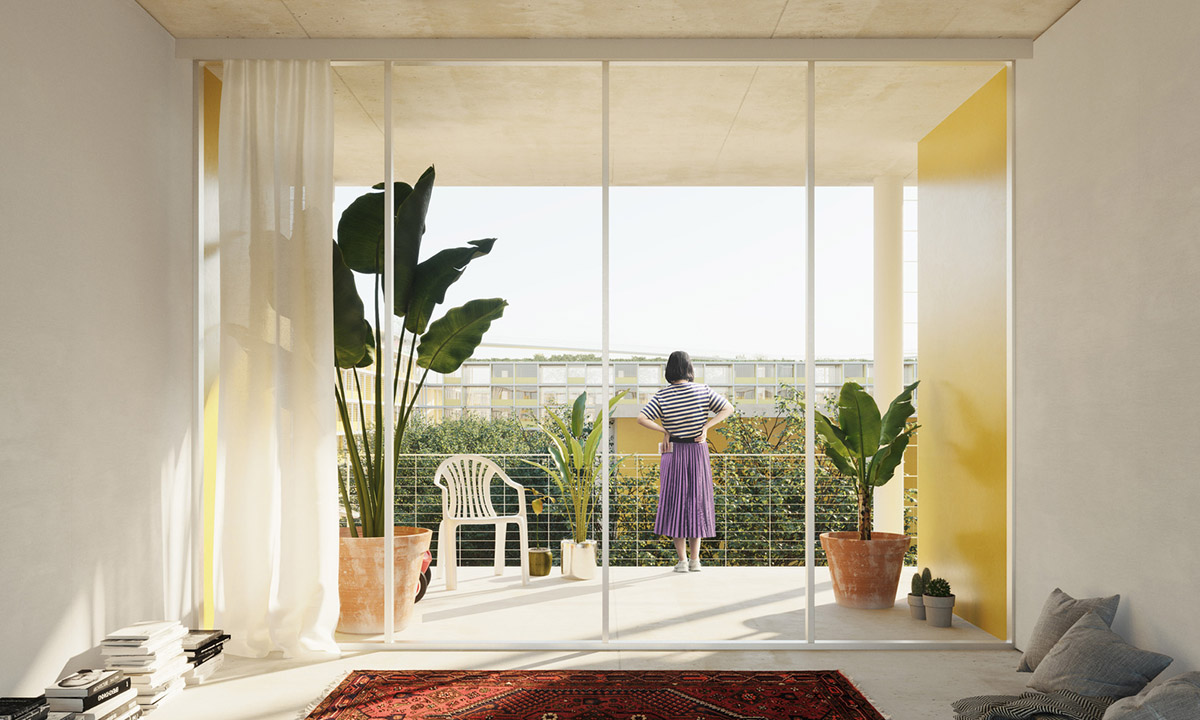
"The interaction between architecture and nature gives each courtyard its own character," explained the firm. "With resting spots, places of activity, community gardens, playgrounds and organised meeting areas for senior citizens, natural spaces are created in which every age group feels comfortable."
By creating expansive green roofs, the roofs are aimed to function as a fifth façade, which will also provide space for sport or places to meet and promise spectacular views over the city for all residents.
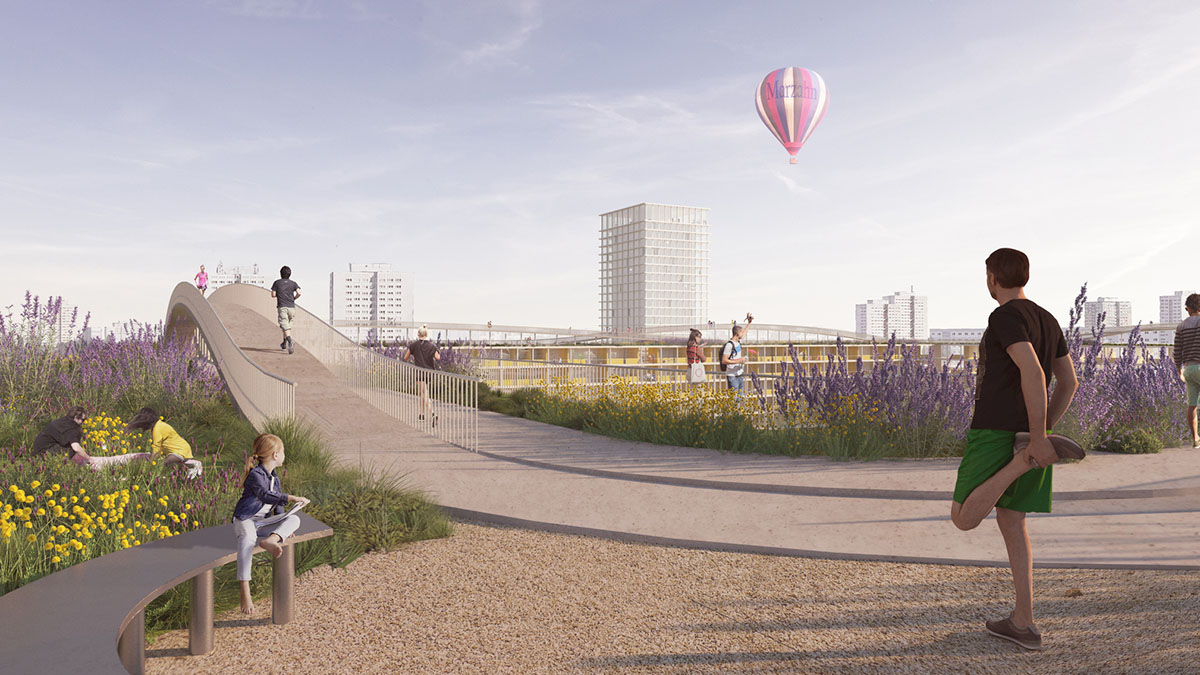
The overall plans and inner courtyards will represente an extended urban space, giving identity to Georg-Knorr-Park.
Project facts
Competition: 2019 – 2020
Organizers: Berlin Senate Department for Urban Development and Housing
Gross floor area: 250,000 m2
Client: Laborgh Investment GmbH
Architect: David Chipperfield Architects Berlin
Partners: David Chipperfield, Christoph Felger (Design lead), Harald Müller
Project architect: Lena Ehringhaus, Peter von Matuschka
Competition team: Wolfgang Baumeister, Leander Bulst, Janis Kaisinger,Kristin Karig, Katrin Lembke, Annalisa Massari, Philipp Müller, Franziska Rusch, Maximilian Schäfer, Kawalpreet Singh, Nadine Söll, Charlotte Spichalsky; Grafik, Visualisierung: Konrad Basan, Kerstin Bigalke, Dalia Liksaite, Ken Polster, David Wegner, Simon Wiesmaier, Ute Zscharnt
Landscape architect: Wirtz International N.V., Schoten
Story: In collaboration with Shirin Sabahi, artist; Something Fantastic: Julian Schubert, Elena Schütz
City planning: BSM mbH, Berlin
Traffic planning: LK Argus GmbH, Berlin
Acoustic consultant: Müller-BBM GmbH, Berlin
All images courtesy of David Chipperfield Architects
